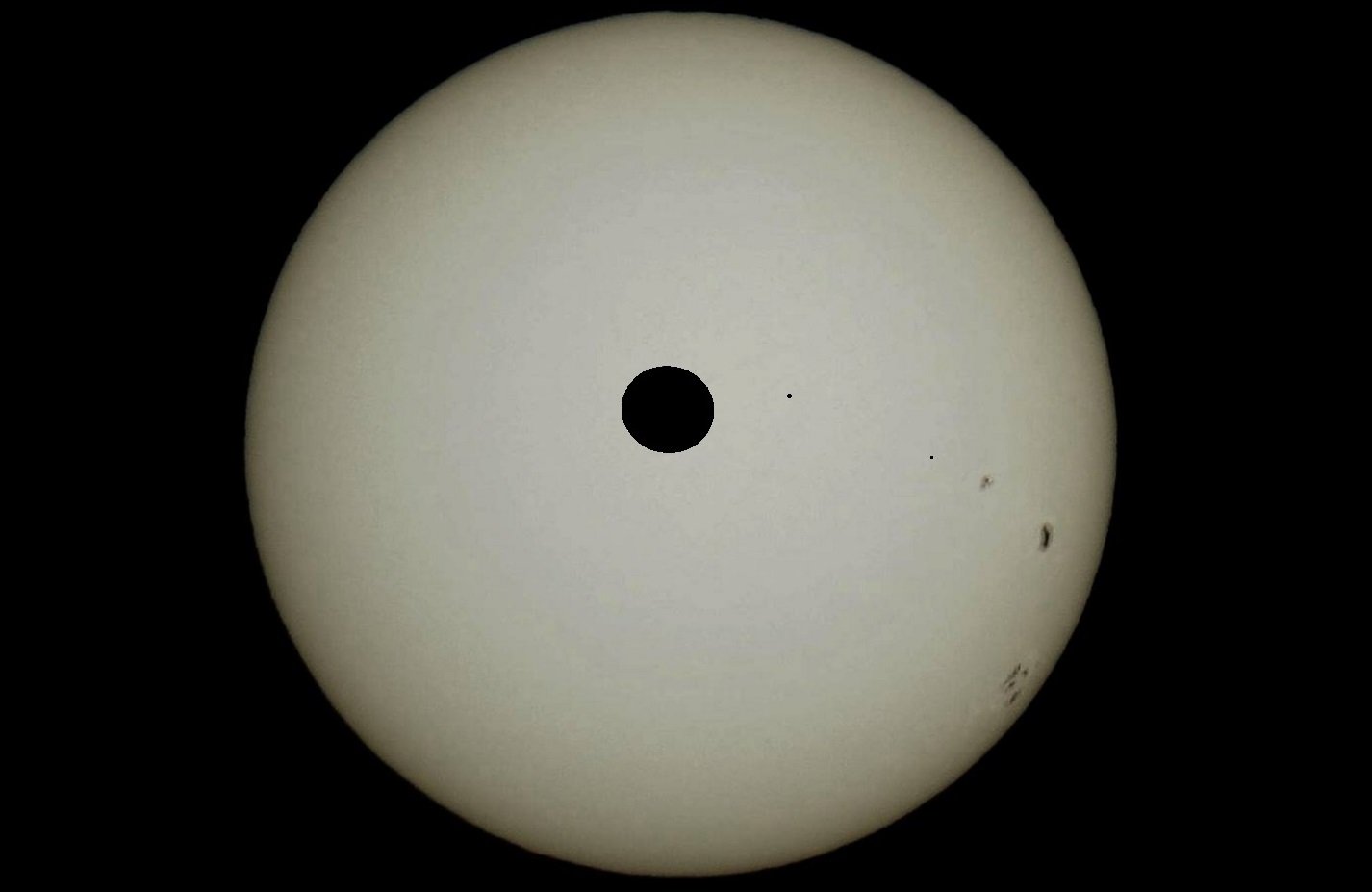Ocean worlds; many of us know them from science fiction movies and games, but they actually exist in the real world as well.
A new study revealed that there are probably a lot more of them than we previously thought.
Image Credit: Freedom_Marussia via Shutterstock / HDR tune by Universal-Sci
What are ocean worlds?
Ocean worlds, or aquaplanets as they are sometimes called, are a class of exoplanets with a significant amount of water in the form of oceans, either beneath the surface (subsurface oceans) or on the surface, possibly covering all land.
These watery worlds are a particularly interesting target in the search for extraterrestrial life, as water is one of the essential elements for life (as we know it). Ocean worlds are therefore on the top of the list when astronomers look for signs of life in our Milky Way galaxy.
As mentioned in the introduction of this article, water does not need to be on the surface of a planet for it to be classified as an ocean world. The newly discovered evidence points to exoplanets with subsurface oceans.
According to Rafael Luque, main author of the underlying paper, the new findings have enormous consequences for the search for habitable exoplanets.
How to find ocean worlds
With the help of superior equipment, astronomers are uncovering more and more exoplanets in our galaxy. This larger sample size is very helpful in determining what types of exoplanet are common and what types are uncommon.
A team of researchers decided to have a look at planets that orbit class M stars (red dwarf stars), which are the most common type of star in our galaxy.
However, most of the time astronomers are unable to see these exoplanets themselves as host stars are so much brighter than the planets themselves. Instead, the team used some subtle effects, such as the shadow that is cast when a planet passes in front of its star (transit method) and the tiny drag on a star's movement as an exoplanet circles around it (radial velocity method).
As an example: this is what Jupiter would look like crossing our sun if an extraterrestrial civilization were to look at our solar system from another star. - (Image Credit: Tomruen via Wikimedia Commons / edited by Universal-Sci)
Researchers can determine the diameter of an exoplanet by looking at the shadow created when an exoplanet passes its host star. On top of that, the gravitational pull that the planet exerts on the star can be used to determine its mass.
Combining those two measurements reveals information about the actual makeup of these planets (whether it is a gas giant or a rocky planet, for example).
These types of analyses have been done on individual exoplanets in the past, but the research team decided to look at the entire currently known population. From this evaluation, an unexpected picture appeared.
Many of the planets' densities indicated that they were too light to be entirely composed of rock because of their size. Instead, these planets are most likely made up of a mixture of water or another lighter molecule and rock.
Consequences for theories of exoplanet formation
It may be alluring to imagine these exoplanets as something out of science fiction, completely covered in oceans. However, the researchers think that the water exists in pockets/oceans below the surface or mixed into the rock.
Above mentioned conditions would be comparable to those found on known moons such as Jupiter's Ganymede and Europa, which are also thought to have substantial subsurface oceans.
"I was shocked when I saw this analysis—I and a lot of people in the field assumed these were all dry, rocky planets," said exoplanet scientist Jacob Bean from the University of Chicago, whose group has joined the research team to conduct further analyses.
These new discoveries support an exoplanet formation hypothesis that has lost popularity in recent years. It postulates that many planets form farther outside of their star systems and move closer in over time. Think of rock and ice clusters coalescing in the chilly surroundings distant from a star, then slowly being drawn inward by that star's gravity.
According to Bean, the evidence is persuasive. However, he would still like to see what he calls 'smoking gun' proof that one of these discovered exoplanets is an ocean world.
The freshly launched James Webb Space Telescope might prove a very useful tool for further investigation. We will keep you posted!
Sources and further reading:
Density, not radius, separates rocky and water-rich planets orbiting M dwarf stars (Science)
Oceans on moons within our own solar system (Universal-Sci)
If you enjoy our selection of content consider subscribing to our newsletter (Universal-Sci Weekly)
FEATURED ARTICLES:









